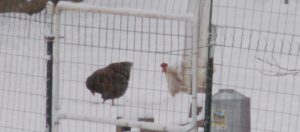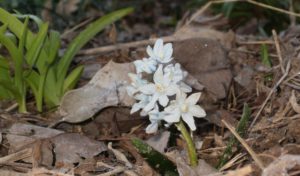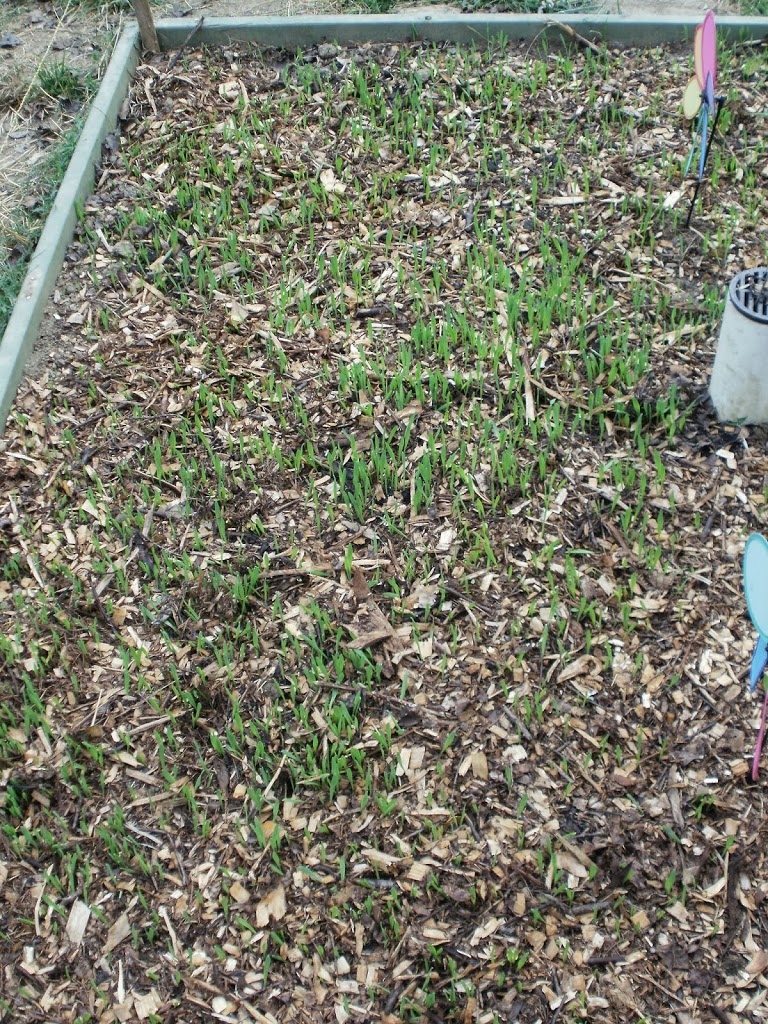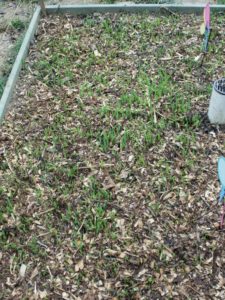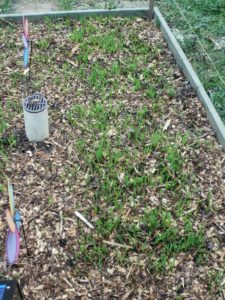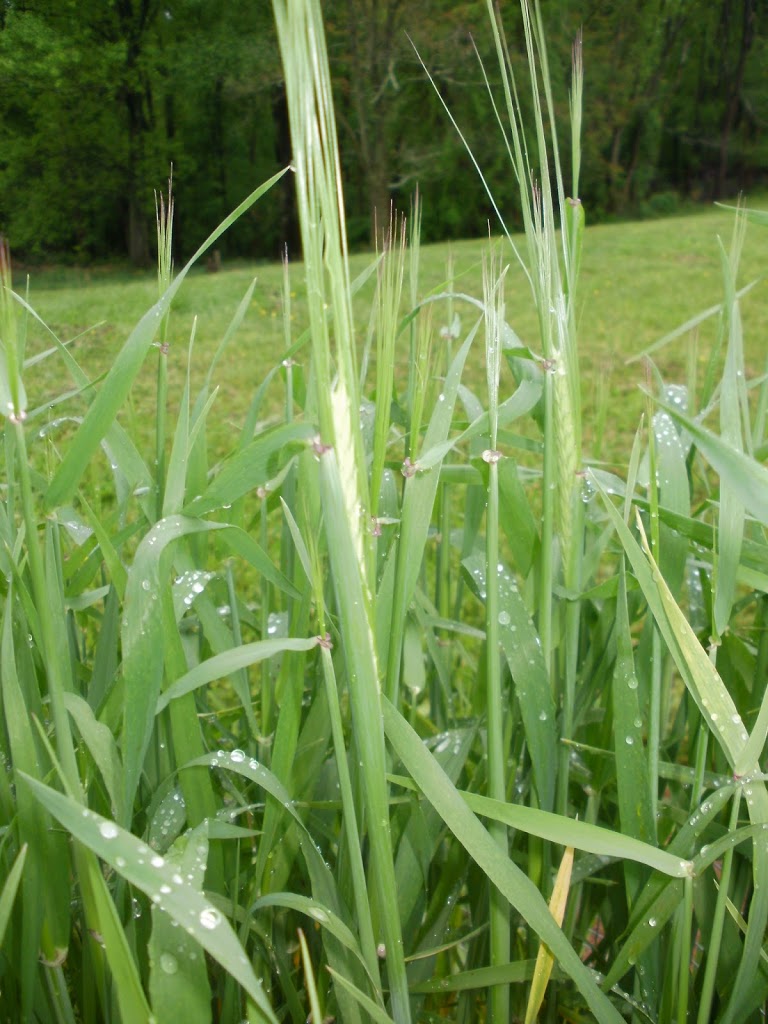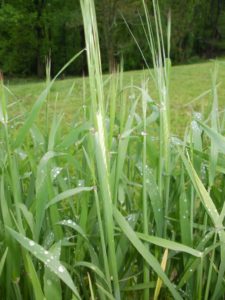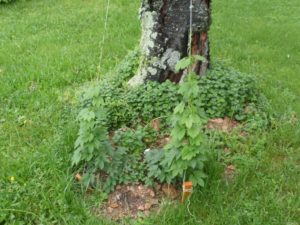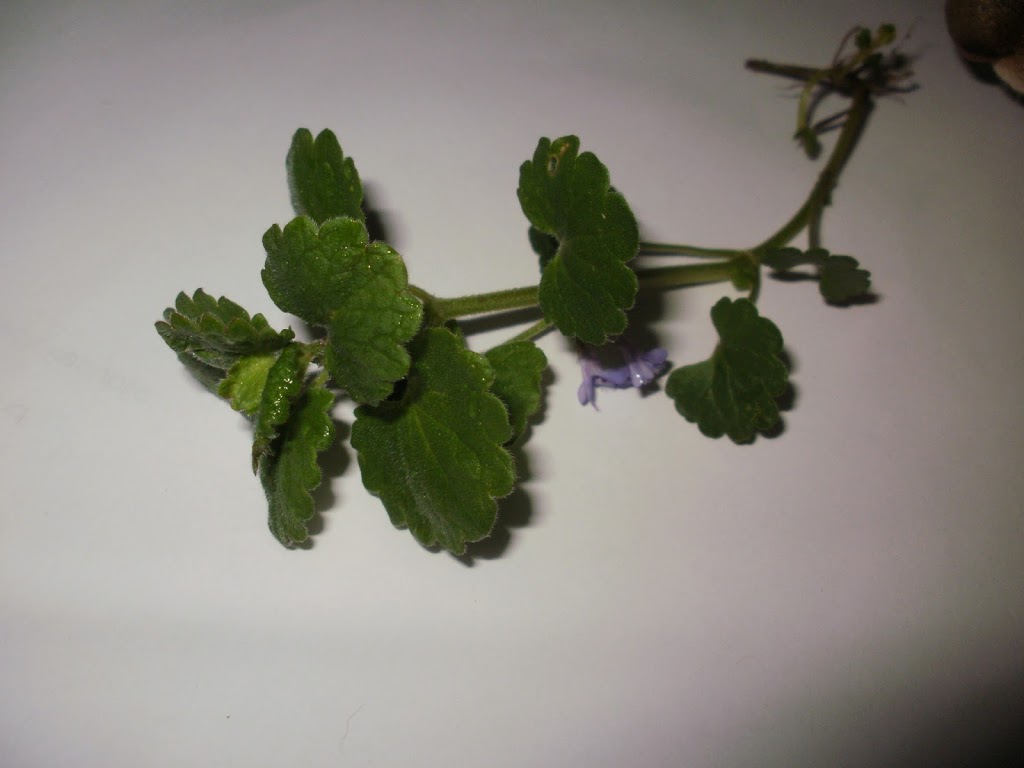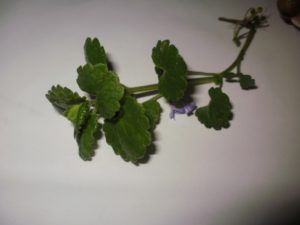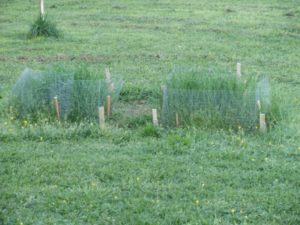Summer around the homestead is a busy place–there’s a yard, garden, and impending orchard to manage, as well as fields and fences to tend to. Wood has to be cut & split for the winter. Not to mention the repairs on the house–new siding and windows; plus a lot of interior work (the entire house re-plumbed!).
So what seems backward? Well, the whole cycle of barley. The winter barley gets planted in a bit over a month, give or take–late September to early October, or what would be “harvest time” for most normal crops. Then it’s harvested in late Spring/early Summer (June or so), about the time lots of other things are just starting to grow…
I’ve been “threshing and winnowing” my harvest from last year, with an eye towards exactly what my usable yields are, and how much tilling I’ll have to do in a week or two. I use the terms “threshing” and “winnowing” guardedly; while technically, they’re accurate for what I’m doing, they also somewhat overstate the enormity of the project, or lack thereof. The threshing is being done by hand, literally–I’m just grabbing handfuls of grain ears, and “grinding” them between my fingers. Most of the grains fall from the stems; the awns make a horrible mess, and a lot of the work is done. (This is a process best performed outside.) Once I’ve gone through it pretty thoroughly, I take a bit more time and pick off any stubborn grains from the stems (I’m sure there’s a technical term, but it escapes me at the moment). Then I spend a bit more time hand-grinding the grains, just to break up the remaining awns & chaff. Afterwards, I either wait for a breezy day, or plug in a fan, then it’s picking up the grains by handfuls, dropping them back into the container. The breeze (or fan) blows away the light “chaff”, letting the heavier seeds drop back into the bucket. It’s one of those things that I know makes perfect sense, intellectually, but it still amuses me to no end that it works as well as it does.
Next year, after I’ve had a bigger harvest (knock wood), I’ll have to step up my game a bit; I’ll probably actually get buckets for the grains (not the smallish plastic boxes I’ve got now), and the process will undoubtedly take more time. Still, that’s a concern for next year. For this year, I’ve got lots of other things to keep me busy.
First, there’s the hops. I’ve got to find some time, probably this weekend, to harvest the Cascades from my “retired” bines (the only ones that produced–go figure). The new bines weren’t expected to put any out, granted; I’m going to have to replace the Sterling, at least, as they seem to have died over the Summer. (I’ll see, come Springtime, whether any of the others have made it–they’re okay, thus far, but Winter may do them in.)
I’m doing what woodworking I can, given that I don’t have any power tools to speak of, nor time to really use them. (Okay, I’ve got the tools, but I need to get to work on the Undisclosed Location before I have a place to put them–and it still needs electricity, etc…) I’ve been doing some whittling, and I’ve found some images of a really nice carved chair that I’d like to take a stab at recreating/modifying. I’ve also been toying with the idea of having a bit of fun with the carvings–maybe do a couple of pieces as inlays. The fun lies in selecting the woods to use–some more-or-less ‘exotic’ woods will fluoresce under blacklight, which raises the possibility of some interesting “special effects.”
Another interest that I hope to delve into is metalworking–particularly coppersmithing (and probably silversmithing, eventually). I’d like to try my hand at raising a bowl or two, and maybe some cups, as well as possibly doing some chasing and/or repousse, then there’s enameling… The copper got me to thinking, though (always a bad sign)… (To Be Continued)

